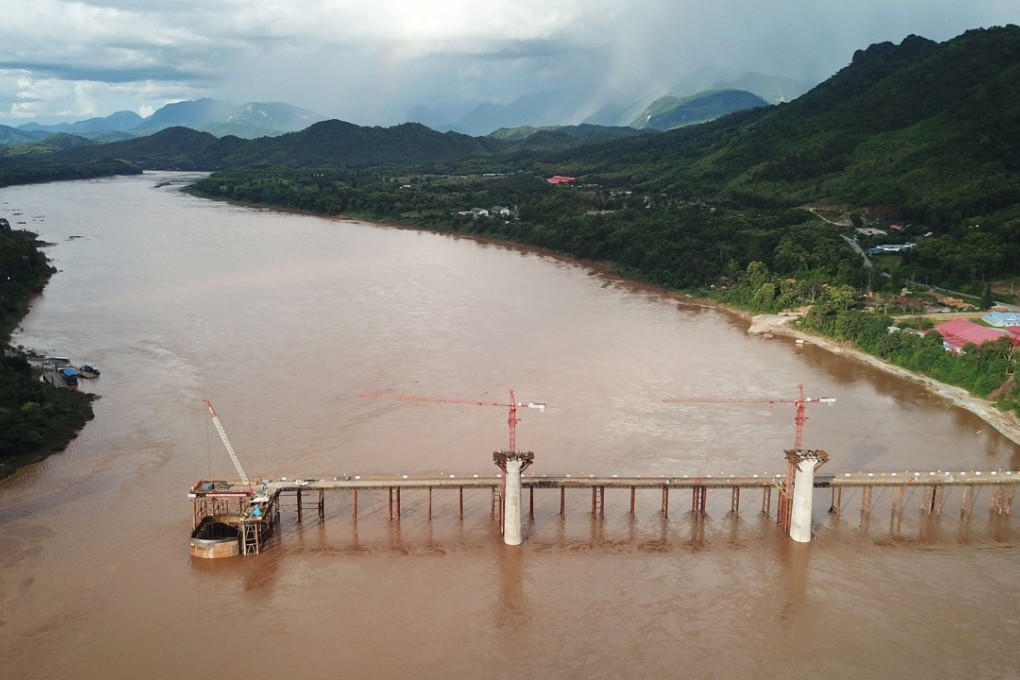Opinion | China’s pan-Asia rail project is on a slow track, and that’s OK
Will Doig says the project’s arduous progress even in a pliable country like Laos reflects the scale of the challenge of this marquee belt and road project. When it comes to international development, China is still moving up the learning curve

Following years of false starts and delays, China’s efforts to build a pan-Asia railway running the length of the Southeast Asian peninsula are finally beginning to gather steam. Tracks are being laid, bridges are rising, and boring machines are tunnelling through the soft limestone of the Himalayan foothills where China and Southeast Asia meet.
Since then, the pace of work in Laos has only accelerated. Project managers claim that tunnelling is 20 per cent complete, and over four-fifths of the railway’s land is reportedly under Chinese control.
